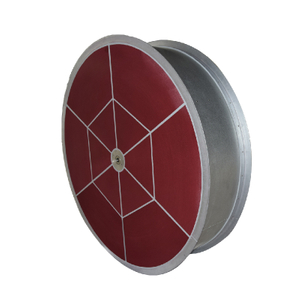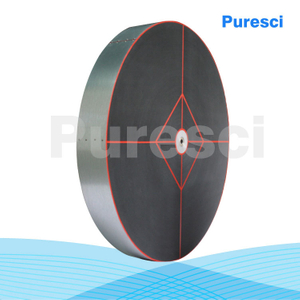AC induction motors promote industrial development
Views: 156 Author: Site Editor Publish Time: 2021-11-18 Origin: Site
Rotor electric motors used in applications such as fans, water pumps, air conditioners, refrigerators, washing machines, elevators and transmissions consume more than half of the world's electrical energy, and most of them use high-energy electromechanical drive devices that can simply turn on and off the rotor motors universal. Replacing these low-efficiency wound rotor motors with inverter solutions in home appliance applications alone can reduce energy consumption by as much as 60%. Most household appliances use general-purpose rotor motors dc or single-phase rotor motors ac, and their speed control methods are quite rough. Either use breaking control or rely on thyristor to control the conduction phase angle. The typical system efficiency can reach about 50%. However, with the advent of high-efficiency power devices and advanced digital controllers, it has become possible to apply more efficient motors and control technologies to the latest home appliances.
The working principle of AC induction motor
An AC motor consists of a rotor and stator in motor. In the model, the stator is the electromagnet and the rotor is the coil. The rotor motor stator and the rotor use the same power source, so the direction of the current in the stator and the rotor of induction motor is always synchronized. That is, the direction of the current in the coil changes, and at the same time the direction of the current in the electromagnet also changes. According to the left-hand rule, the direction of the magnetic force on the coil remains unchanged, and the coil can continue to rotate. Regarding the function of the two copper rings: the two copper rings are equipped with two corresponding brushes, and the current is continuously sent into the coil with energy. The advantage of this design is that it avoids the winding problem of the two power cords, because the coil is constantly rotating. If two wires are used to supply power to the coil, the two power cords will be twisted. Regarding the current in the coil, since it is alternating current, it is the moment when the current equals zero. However, this moment is too short compared to the time when there is current. What's more, the coil has mass and inertia, and the coil will not stop due to the inertia. AC rotor motor templates generate rotating magnetic fields in the stator windings based on the characteristics of alternating current. Then the rotor coil is made to cut the magnetic line of induction, so that the rotor coil generates an induced current, and the induced magnetic field generated by the induced current is opposite to the magnetic field of the stator, so that the rotor has a rotational torque.
Selection of AC motor
The output torque at the shaft end of any AC rotary motor depends on the coupling angle between the stator and rotor magnetic fields. The magnetizing force of the stator winding current interacts with the air gap magnetic flux generated by the rotor to produce a torque, which tends to align the rotor magnetic flux with the stator magnetic field. When the stator magnetization current vector and the rotor magnetic flux vector are out of phase by 90°, the torque reaches the maximum value. In a DC motor, the permanent magnet is fixed, and the switching action of the inverter and the brush ensures that the armature magnetic field is correctly aligned with the stator pole. In an AC motor, the air-gap magnetic field rotates, but as long as the rotation frequencies of the stator and rotor magnetic fields are synchronized, a constant torque can still be generated.










